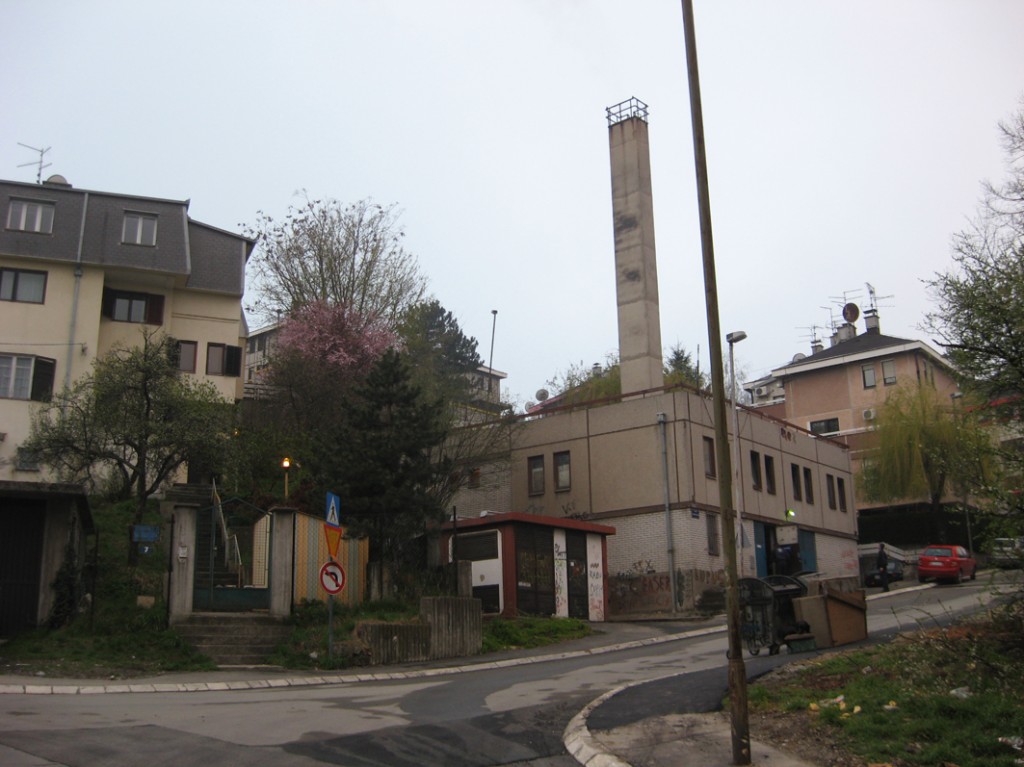
The results of the study were discussed by Professor Ana Vranješ from the Faculty of Mining and Geology. For the six potential sites, the researchers have already been able to estimate the depths of the reservoir, and the expected temperature and quantity of geothermal waters. The next step is to now conduct a detailed study on these sits and identify which one has to the highest potential for exploratory drilling.
Vranješ further added that a financial assessment of the profitability of such systems will also be undertaken as part of the second phase. She pointed out that these system have lower operating costs, and that no major changes will be needed to use it for heating of apartments. Cooling will be a little more complicated, as the existing installation system will have to be changed.
“I believe that most of the new buildings would already start with such systems during the construction itself. You still need to plan for it and it is something that can happen tomorrow, but it has great potential. When it comes to geothermal energy, it is actually a renewable source that is inexhaustible,” Vranješ pointed out.
Vranješ further emphasized that Serbia has experts at the Faculty of Mining and Geology who can implement such projects in Belgrade. She pointed out that the technology and application of geothermal energy is nothing new, with 300 geothermal heating plants all over Europe and around 1000 expected by 2030.
Serbia has already had success in implementing geothermal district heating in the city of Bogatic, which started construction in 2018. In late 2022, a study done by the United Nations Development Program (UNDP) in partnership with the Ministry of Mining and Energy in Serbia completed a geothermal resource research on the site of the SIV 3 building in Belgrade and the Palace of Serbia.